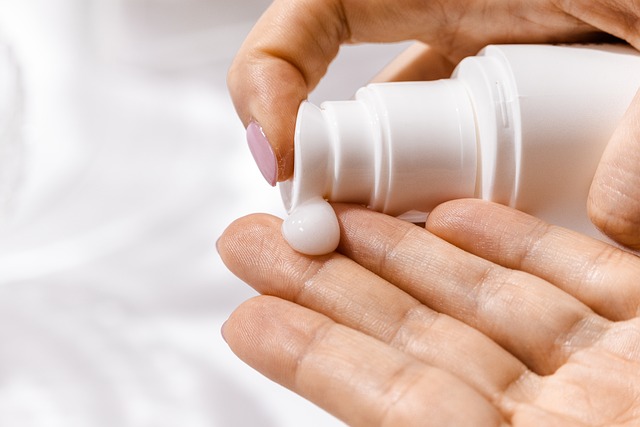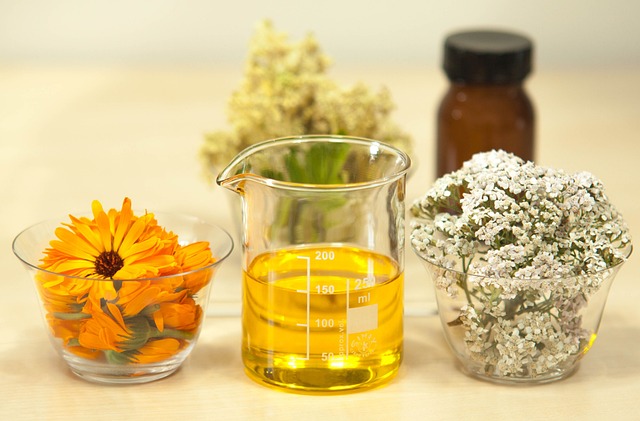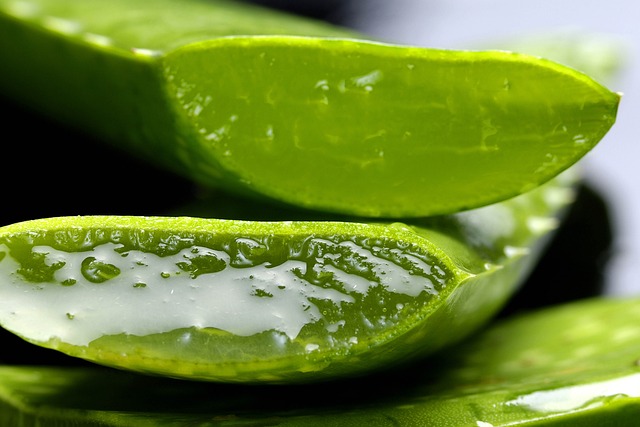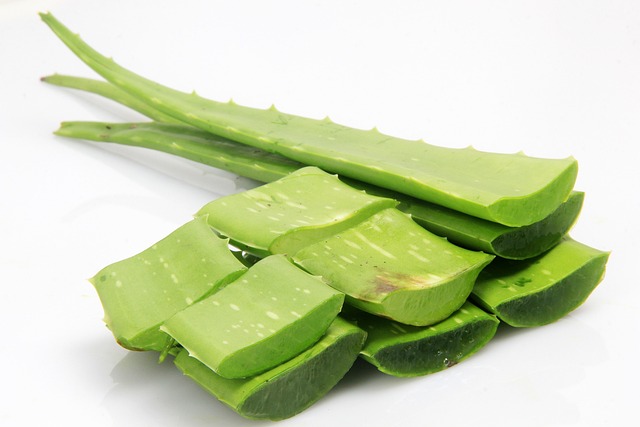Glycerin, a natural compound derived from vegetable oils or animal fats, has become a staple in the world of skincare due to its incredible moisturizing and skin-enhancing properties. Its ability to attract and retain moisture makes it a sought-after ingredient in various cosmetic products, including lotions. In this article, we will delve into the benefits of glycerin for skincare, explore different sources of glycerin, and provide a simple recipe for creating a luxurious homemade lotion.
The Benefits of Glycerin in Skincare
- Intense Moisturization: Glycerin’s humectant properties make it a potent moisturizer by drawing moisture from the air and locking it into the skin. This helps maintain hydration and prevent dryness, making it particularly useful for individuals with dry or sensitive skin.
- Barrier Repair: Glycerin contributes to strengthening the skin’s natural barrier function, which is crucial for maintaining healthy and radiant skin. By fortifying the skin’s protective layer, glycerin helps prevent moisture loss and shields against external aggressors.
- Skin Smoothing: Glycerin has a plumping effect on the skin, reducing the appearance of fine lines and wrinkles. Regular use of glycerin-infused products can lead to smoother, more youthful-looking skin.
- Healing Properties: Glycerin’s healing abilities can soothe irritated or inflamed skin. Its anti-irritant qualities make it suitable for addressing conditions such as eczema and dermatitis.
Sources of Glycerin
- Vegetable Glycerin: This type of glycerin is derived from plant-based oils such as coconut, palm, or soybean oil. It’s a popular choice for natural and vegan skincare products.
- Animal-Derived Glycerin: Glycerin can also be sourced from animal fats. While it raises ethical concerns for some individuals, it’s worth noting that glycerin is a byproduct of soap and biodiesel manufacturing, reducing the direct impact on animals.
- Synthetic Glycerin: Synthetic glycerin is chemically produced from petrochemical sources. It serves the same purpose in skincare but might not align with the preferences of those seeking natural products.
Homemade Glycerin Lotion Recipe
Ingredients:
- 1/4 cup vegetable glycerin
- 1/4 cup coconut oil
- 1/4 cup shea butter
- 1 teaspoon vitamin E oil
- 10-15 drops of your preferred essential oil (lavender, rose, chamomile, etc.)
- Double boiler or microwave-safe bowl
- Glass jar or container for storage
Instructions:
- In a double boiler or microwave-safe bowl, melt the coconut oil and shea butter until they are fully liquid.
- Remove from heat and allow the mixture to cool slightly.
- Add the vegetable glycerin, vitamin E oil, and essential oil to the mixture. Stir well to combine all the ingredients.
- Transfer the mixture to a glass jar or container.
- Let the lotion cool and solidify. This may take a few hours.
- Once the lotion has solidified, it’s ready for use. Apply a small amount to your skin and massage gently until absorbed.
Glycerin’s versatility and skin-loving properties have made it a skincare superstar. From its moisturizing abilities to its capacity for healing and barrier protection, glycerin has earned its place in both commercial and homemade skincare products. By understanding the various sources of glycerin and incorporating it into a simple homemade lotion recipe, you can enjoy the benefits of this remarkable ingredient while indulging in the satisfaction of a DIY skincare experience.
Image by AdoreBeautyNZ from Pixabay
Skin
-

How to Use Apple Cider Vinegar for Healthy Skin
As a seasoned natural health practitioner, I’ve delved into the multifaceted realm of holistic remedies for various ailments. A standout ingredient in my consultations and teachings has been apple cider vinegar (ACV). This ancient elixir, with its sharp aroma and sour taste, holds a special place in natural skin care. Here, we’ll explore how ACV…
-

The Magic of Glycerin in Skincare: Homemade Lotion Recipe Included
-

Alleviating Insect Bites with the Best Natural and Herbal Remedies
-

DIY Mosquito Repellent: How and Why to Make Your Own
-

Best Natural and Herbal Remedies for Soothing Mosquito Bites
-

Health Effects of Mosquito Repellents and How to Choose the Safest Option
-

Herbal Remedies for Acne – Unlock Nature for Clearer Skin








Leave a Reply